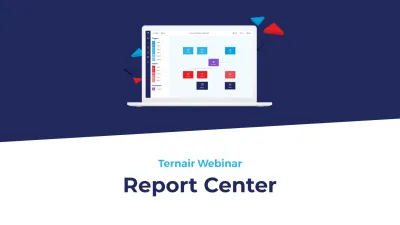Bohn Stafleu van Loghum has realized conversion improvements of as much as 50 percent by flipping its event marketing from outbound to inbound. Bulk emails are a thing of the past; recipient behavior determines when they receive which message.
Solutions & results
From bulk emails to 1-1 communication
Click behavior as the starting point
Targeting based on behavior
Increase open rates by up to 50%
Double CTR
Opt-out 20% to 30% lower
From bulk emails to 1-1 communication
Bohn Stafleu van Loghum (BSL), part of the global Springer Nature, is a media company focused on healthcare professionals. With high-quality, accessible professional information (online platforms, books and journals), tools and events, BSL ensures that healthcare professionals have adequate knowledge, skills and techniques. Events cover every conceivable medical topic, from healthcare disruption to dental wear, from dementia to caring for traumatized children.
E-mail marketing is the most important conversion tool for BSL. However, the diversity of conference topics and thus interested parties was not seen in its design. BSL sent five emails per event by default. Or, as marketing manager Michael Dam explains it, "We had manually set bulk emails. After a week we sent a reminder to the people who had not opened the first email, and so we had a number of set moments and messages. Segmentation was based solely on personal characteristics, such as job title and previous event attendance."
Targeting was not targeted enough
BSL signaled, however, that this approach was not having the desired effect. The open rate, CTR and conversion were steadily declining and the number of unsubscribes was rising. The company decided that targeting needed to be more targeted. Relevance had to increase so that conversion would improve.
To achieve this, BSL first started by mapping the click behavior of recipients. "By recording what people click on in our emails and linking that to their profile, we can communicate in an increasingly targeted way," says Michael. "We can automatically choose the right moment to send certain messages. The flows are much more attuned to the interests someone shows. It's much more thoughtful and based on many more data points which makes targeting much better. Soon we will also start capturing behavior on our online platforms. After all, if we know what content interests someone, we can link that to matching events and mail even more relevant."
On its own, BSL already had a lot of data on visitors and customers. They just needed to be combined into a 360-degree customer view based on which the flow takes effect. "The first mail is about the congress, the second about the program. What gets clicked on? You build on that. We segment by using as much data as possible to combine themes and interests. For example, if someone clicks on an article about medication safety, it is obvious that that person is also interested in a congress or workshop with the same topic. They will then receive an e-mail message about that, of course."
"We can automatically choose the right time to send certain messages."





